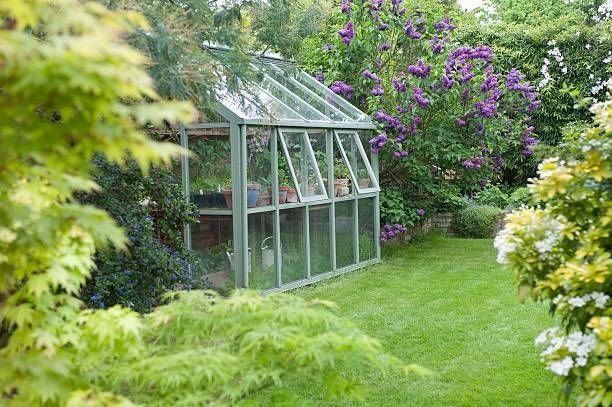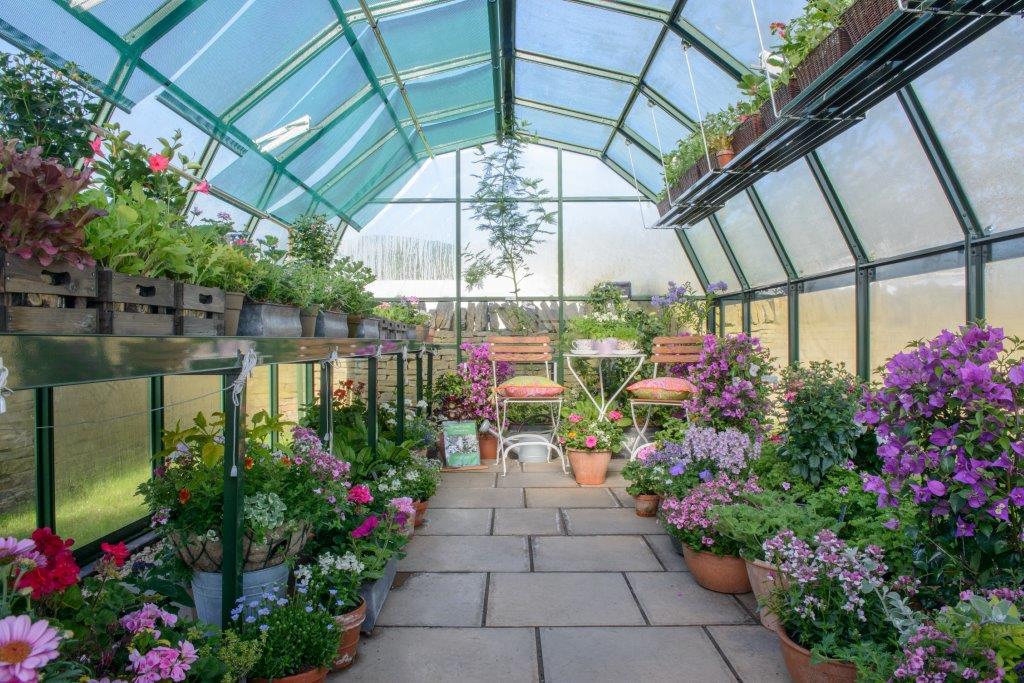Aesthetic Environment-friendly Living: Monarch Decorative Greenhouse Utah Distinct Layouts
Wiki Article
The Future of Greenhouses: Developments in Lasting Agriculture
Are you interested regarding the future of greenhouses and just how they are transforming sustainable farming? From innovative climate control systems to vertical farming strategies, water-efficient watering approaches, eco-friendly power combination, and wise information analytics, these advancements are transforming the way we expand our food.Advanced Climate Control Solution
To attain optimum expanding problems, you can depend on the innovations in greenhouses with advanced environment control systems. These systems have actually changed the way we grow crops, supplying a regulated environment that is favorable to plant growth. With these cutting-edge systems, you can currently manipulate temperature level, moisture, light degrees, and also CO2 concentrations to produce the perfect conditions for your plants to grow.One of the crucial functions of these sophisticated climate control systems is their ability to control temperature level. By using sensing units and automated controls, the greenhouse can readjust the temperature level based on the details demands of the plants. This makes certain that they are never exposed to severe heat or cool, which can be damaging to their growth.
Moisture control is one more crucial facet of these systems. By preserving the ideal moisture levels, you can stop issues such as mold and mildew, mildew, and illness from affecting your plants. These systems can also manage the amount of light that gets to the plants, guaranteeing that they obtain the ideal quantity for photosynthesis.
Additionally, progressed climate control systems can also manipulate carbon dioxide focus. By enhancing the degrees of CO2 in the greenhouse, you can improve plant growth and efficiency. This is specifically useful in locations with low natural carbon dioxide degrees.
Vertical Farming Methods
One important vertical farming method is making use of stacked growing systems. Monarch Residential Greenhouse Utah. These systems entail arranging plants in multiple layers, up and down stacked on top of each other. By making use of vertical area, farmers can optimize their crop return without requiring extra land. Piled expanding systems are generally utilized in metropolitan locations where room is restricted.One prominent technique is understood as upright hydroponics, where plants are expanded in nutrient-rich water without dirt. This strategy is very reliable as it lowers water usage by up to 90% compared to standard farming techniques. Additionally, given that the plants are grown indoors, they are shielded from diseases and pests, lowering the demand for chemicals.
An additional technique is aeroponics, which includes suspending the plant roots in a mist or air atmosphere. This method enables optimum nutrient absorption and oxygenation, causing faster growth and higher returns. Aeroponics additionally uses much less water than standard farming and can be executed in upright systems, making it a popular choice for upright farming.
Water-efficient Irrigation Methods
Maximizing water preservation is vital when it concerns carrying out water-efficient irrigation methods in lasting agriculture. With global water deficiency coming to be a pushing issue, it is critical to develop innovative techniques that optimize water usage in greenhouse operations.One appealing technique is drip watering, which provides water directly to the plant origins, decreasing waste and evaporation. By utilizing a network of tubes with little emitters, water is applied gradually and over here precisely, making sure that plants obtain the necessary wetness without excess drainage.
Another reliable strategy is using soil dampness sensors. These gadgets gauge the dampness web content in the soil and provide real-time information to farmers. By monitoring the soil's wetness degrees, farmers can precisely establish when and just how much water to apply, avoiding over-irrigation.
Moreover, the execution of rainwater harvesting systems is acquiring popularity in greenhouse agriculture. Gathering rainwater from rooftops and saving it in tanks permits farmers to use this natural source for irrigation objectives, decreasing reliance on standard water sources.
Finally, the fostering of automated watering systems can use this link significantly improve water effectiveness. These systems use sensing units to identify soil dampness degrees and climate condition, readjusting irrigation timetables as necessary. By enhancing water usage based upon actual plant needs, these systems can lower water waste and advertise lasting farming methods.
Renewable Resource Combination
Sustainable energy integration in greenhouses uses several benefits, including reduced operating prices and decreased dependence on non-renewable energy resources. The created power can after that be utilized to run various operations within the greenhouse, such as lighting, ventilation, and home heating systems. These turbines harness wind power and convert it into electrical power, which can be utilized to supplement the energy requirements of the greenhouse.Smart Data Analytics and Automation
To enhance the performance of your greenhouse operations and maximize resource use, think about implementing clever data analytics and automation. Smart data analytics involves collecting and evaluating data from numerous sensors and tools within your greenhouse.
Automation, on the other hand, involves using innovation to automate jobs that were formerly done by hand. This can consist of automating the control of illumination, ventilation, irrigation systems, and nutrient shipment. By automating these processes, you can guarantee that your plants receive the ideal problems and nutrients at the correct time, without the demand for continuous hands-on intervention. This not only saves you time and effort but also reduces the threat of human mistake.
Additionally, wise information analytics and automation can collaborate synergistically. The information collected by sensing units can be used to educate computerized systems, permitting them to make real-time adjustments based upon the present problems. This combination Look At This of data analytics and automation can bring about more effective and accurate source allotment, eventually resulting in higher returns and better crop quality.
Verdict
In conclusion, the future of greenhouses in sustainable farming looks appealing. With sophisticated climate control systems, upright farming techniques, water-efficient watering approaches, and renewable power integration, greenhouses are ending up being more environmentally pleasant and reliable.
By optimizing water usage based on real plant demands, these systems can reduce water waste and advertise lasting farming practices.

Report this wiki page